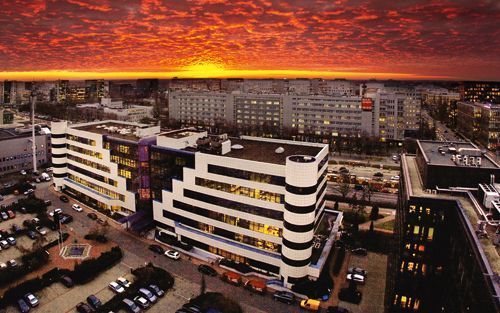Służewiec, which is also referred to as Warsaw’s Mokotów business district, has a bit of a bad rep. In fact, colloquially Varsovians refer to the area as Mordor. However, it’s well known that JRR Tolkien based the land of Sauron on the industrial city of Birmingham and I doubt he ever visited Poland’s capital. But such mere facts did not stop some bright spark putting up a sign as if the district was named just that even though it was almost instantly taken down by the city authorities who didn’t seem to get the joke. But is the district really quite so dismal?
A little history
Służewiec was first joined to Warsaw in 1938, and soon afterwards the Warsaw racecourse moved there, although nowadays the track is formally part of Warsaw’s Ursynów district. In 1951, the portentous decision was made to turn Słuzewiec into an industrial area and numerous factories were set up on what was then 250 ha of farmland. It wasn’t until 1992 that the first of































































